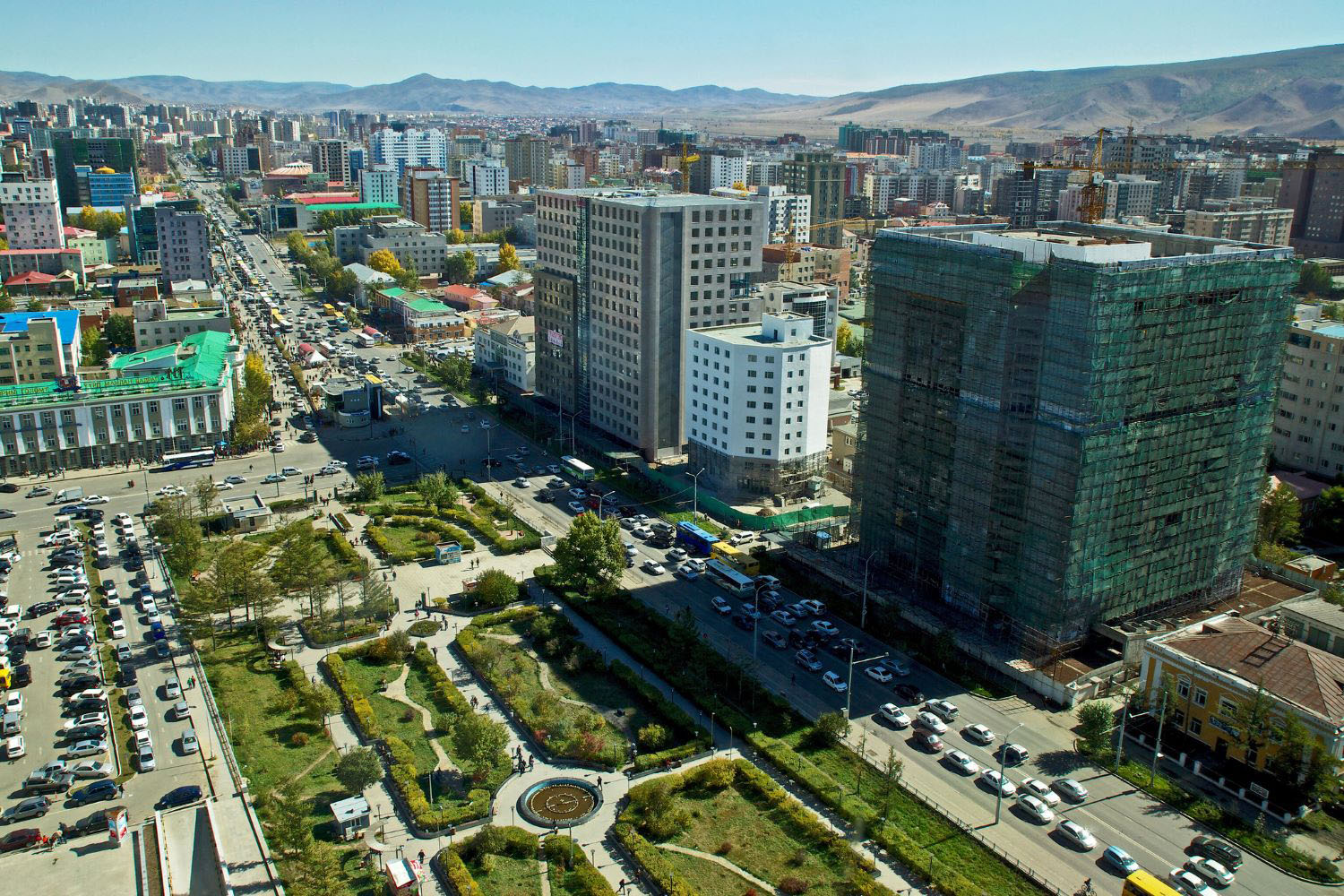In 2010 I calculated (for a Christian Aid report) that if Zambia had received in 2008 the same export prices in each copper category as had been declared on Swiss exports, then Zambia’s recorded GDP would have been 80 percent bigger. In a subsequent CGD working paper with Petr Janský and Alex Prats, my co-authors and I broadened this analysis to more countries and commodities, and introduce an ‘excess margin’ methodology to compare Swiss pricing patterns with those of other trading countries.
Last week Maya Forstater published a critique of these calculations. I agree with much of this, and so we are going to redo our analysis.
Below I explain, for those interested, some details of the critique and my response.
The Critique and My Response
Here I summarize Maya’s critique in three parts, with my reflections on each.
Maya’s first point is that some of the transactions represent very small trades. The high re-export prices for these transactions may well have an innocent explanation. As Maya says, perhaps “these were simply not commercial shipments. They might have been product samples, or displays for a trade exhibition, or scientific samples being sent between labs”. Extrapolating from these small transactions to all Swiss commodity trade may well give an exaggerated picture of mispricing for wider Swiss trade.
I agree. We excluded outliers by ignoring transactions whose prices were orders of magnitude different from world prices, but we did not think to exclude small trades. We wish we had, for the reason that Maya gives: it is possible that the price discrepancies for these small transactions have an innocent explanation; and it is inappropriate to treat them as representative of the prices of much larger volume of trade for which prices were not recorded. Relatively small discrepancies in absolute terms may be a large percentage of a small transaction, which may give a misleading impression when applied to the whole of Swiss trade in that commodity.
Maya’s second point is that much of the apparent discrepancy in the price paid for Zambian copper is the high re-export price from Switzerland (that is, higher than world prices) rather than a low price paid to Zambia. If the Swiss re-export prices are accurate, they may be consistent with illicit financial flows between Switzerland and other developed economies, but this part of the unexplained price differences does not greatly affect the possible loss to Zambia.
Again, I agree. Indeed, exploring this distinction was part of the motivation for our CGD working paper, in which we show that the majority of the discrepancy lies in the re-export prices. This confirms Maya’s point that, if these are losses at all, they are unlikely to be losses to developing countries; so that the upper estimates from the working paper cannot reasonably be used as an estimate of the likely losses to developing countries. As we suggest in the paper, more research is needed on the extent to which Swiss trade with high-income countries may be subject to mispricing.
Maya’s third point is that it follows from the first two points that it is incorrect to say that “Zambia’s GDP might have been nearly twice as large, if Zambia had been paid world prices for their copper exports”.
Again, I agree. The Zambia statistic is accurately stated in terms of Swiss-declared export prices, and these are not equivalent to world prices. And as I wrote in the World Bank’s illicit flows volume in 2012: “the declared Swiss imports from Zambia… are a tiny proportion of the Zambian-declared exports to Switzerland; so, such an estimate of the illicit flow cannot be supported on this basis” (p.363). In the working paper we seek to exclude unrepresentative prices in the Swiss declared data, but we should have done so by excluding small trades and not only trades with extreme prices.
What We Will Do Next
My co-authors and I plan to revise our analysis and the paper. We will pursue Maya’s proposal to exclude trades which are too small to provide a reliable basis for extrapolation, and we will revise the presentation of the narrative in light of the revised results and to avoid future misunderstanding. We welcome further thoughts on the methodology.
As researchers, we are proud to be part of a community which submits ideas and evidence for scrutiny; which argues and disagrees with respect and honesty; and which strives for explanations which help our understanding of the world. It is never enjoyable to be criticized, and it is even less so when those criticisms are valid. We are grateful to Maya for taking the trouble to investigate our findings, and to share her criticisms. We look forward to revising our analysis to reflect her insights, and to engaging with her, and others, on this research.
Disclaimer
CGD blog posts reflect the views of the authors, drawing on prior research and experience in their areas of expertise. CGD is a nonpartisan, independent organization and does not take institutional positions.





